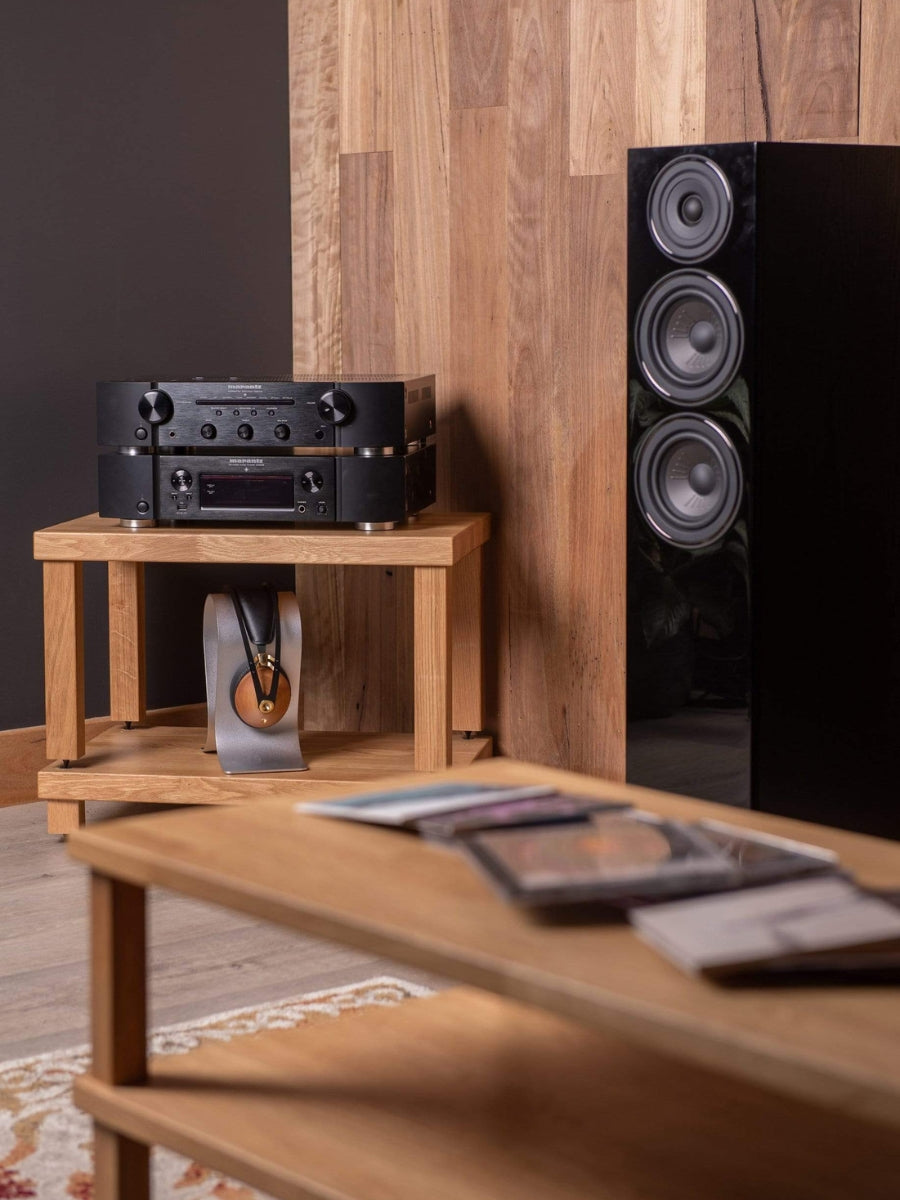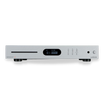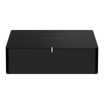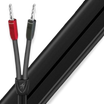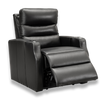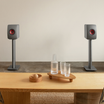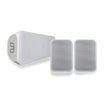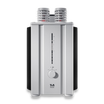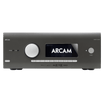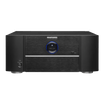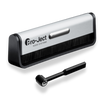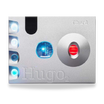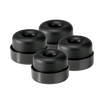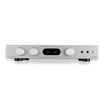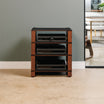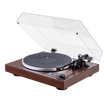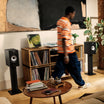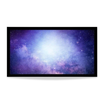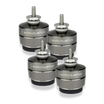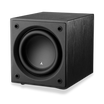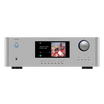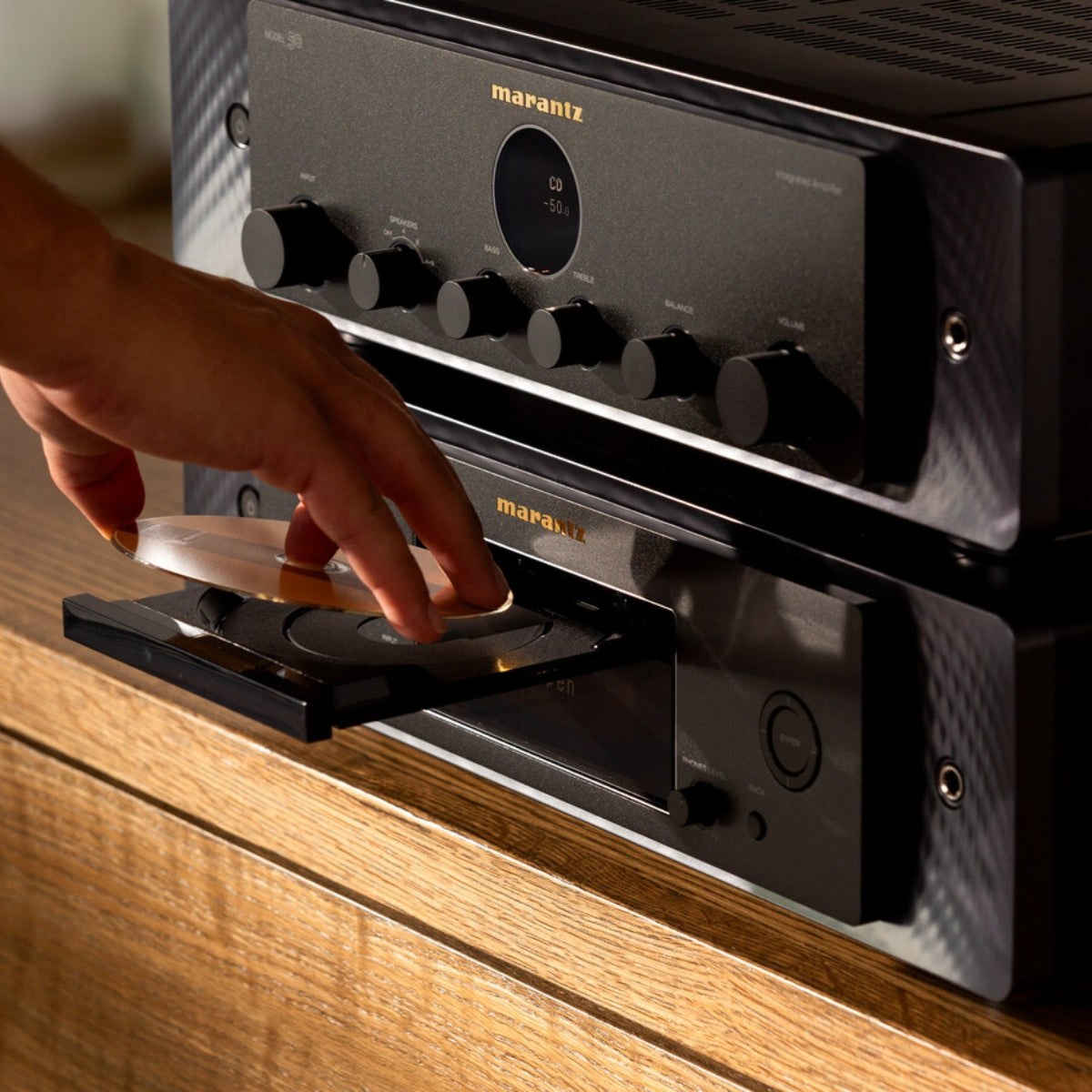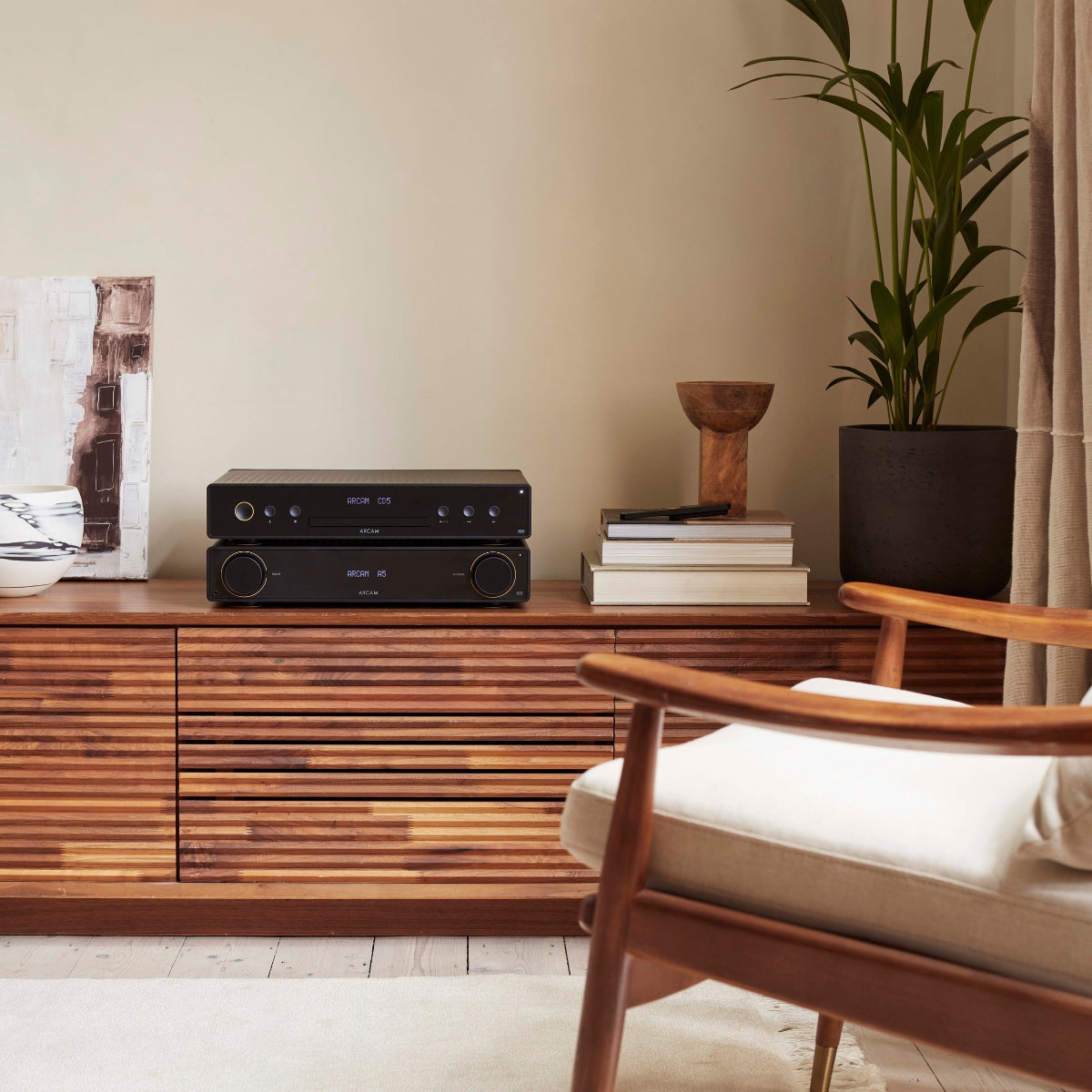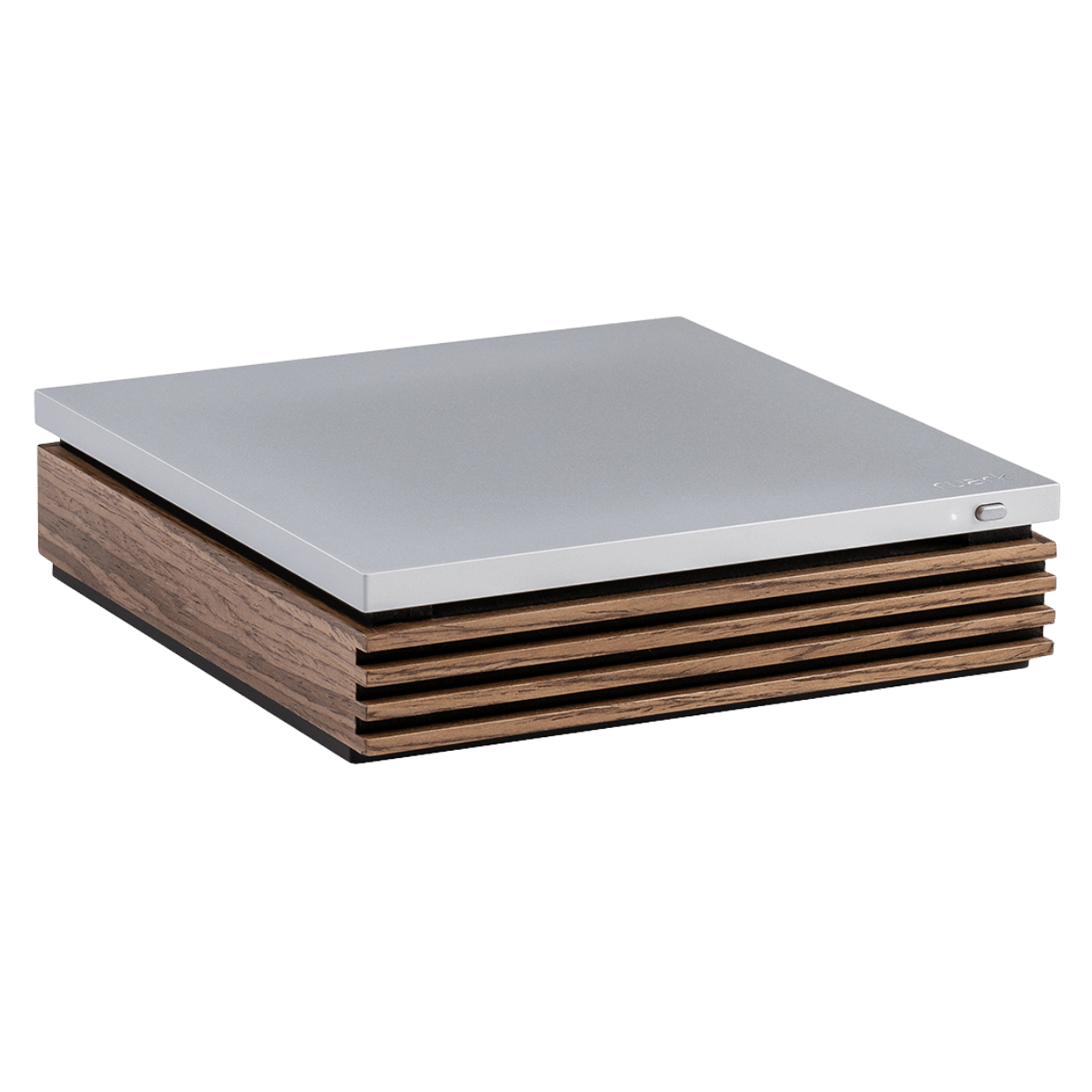
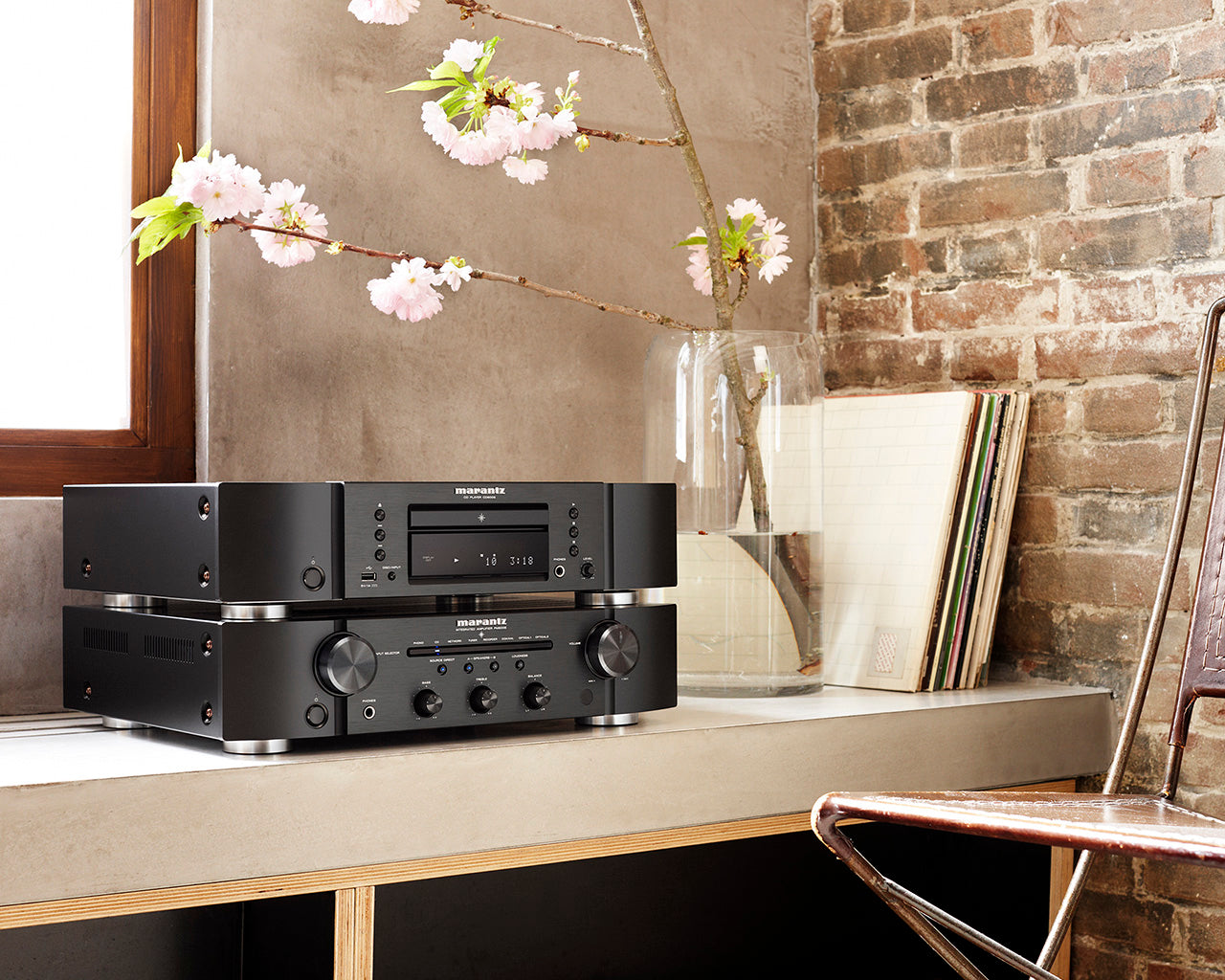
CD Players, SACD and CD Transports
Nat's pick

$10,990.00
Filters
32 products
TELL ME MORE ABOUT
CD Players, SACD and CD Transports
While digital streaming has its merits, there's an undeniable richness and depth to the sound produced by CDs that true audiophiles can discern. SACDs... Read More
While digital streaming has its merits, there's an undeniable richness and depth to the sound produced by CDs that true audiophiles can discern. SACDs take this a notch higher, offering an advanced format that delivers a more detailed and expansive soundstage. Meanwhile, our CD Transports are designed for those who seek the purest audio experience, ensuring that your CDs are read with utmost precision, ready to be processed by your DAC of choice.
CD Players vs SACD vs CD Transport: Understanding the Key Differences:
A CD player is a standalone device specifically designed to play audio CDs. It encompasses both the transport, which is the component responsible for reading the CD, and the digital-to-analog converter (DAC). The DAC's role is to transform the digital signal into an analog one, making it suitable for playback through speakers or headphones. While CD players primarily play standard Red Book audio CDs, a format that has been the benchmark for audio since the early 1980s, their sound quality is often contingent on the calibre of the built-in DAC.
On the other hand, SACD (Super Audio Compact Disc) players bear a resemblance to CD players but come with an added capability. They are adept at playing the high-resolution SACD format in addition to the standard CDs. SACDs boast a higher bit rate and sample rate compared to traditional CDs. This allows them to store audio in a lossless format, ensuring there's no compression and, as a result, superior audio fidelity. When played, SACDs generally offer a soundstage that is more detailed, expansive, and dynamic compared to regular CDs. This difference becomes particularly pronounced on high-end audio systems.
Lastly, the CD transport is a device tailored to read the digital data from a CD and relay it to an external DAC. Unlike CD players, it lacks a built-in DAC, necessitating its pairing with an external one for audio playback. While CD transports are adept at reading standard CDs, certain models are also compatible with SACDs or other disc formats. The sound quality of a CD transport is predominantly determined by the external DAC it's connected to. When a high-quality transport is combined with a top-tier DAC, the result can be an unparalleled audio experience.
In essence, while CD players and SACD players serve as comprehensive solutions for disc playback, with the latter offering an enhanced auditory experience, CD transports cater to audiophiles who wish to combine their transport with a specific DAC for the pinnacle of audio precision and quality. The choice between them hinges on individual audio preferences, the configuration of the system, and budget considerations.
How To Choose The Best CD Player For Your Needs
-
Sound Quality: At its core, the primary function of a CD player is to deliver impeccable sound. Look for players with high-quality DACs (Digital-to-Analog Converters). The DAC's quality can significantly influence the overall sound output.
-
Compatibility: While most CD players handle standard Red Book CDs, some can also play other formats like MP3 CDs, SACDs (Super Audio Compact Discs), or even HDCDs (High Definition Compatible Digital). Determine which formats you'll most frequently use and choose a player that supports them.
-
Outputs: Consider the types of outputs the CD player offers. Common outputs include RCA, balanced XLR, digital coaxial, and optical. Ensure the player's outputs match the inputs of your amplifier or receiver.
-
Build Quality: A well-constructed CD player can reduce vibrations, which can affect sound quality. Look for players with sturdy builds, heavy chassis, and, if possible, isolated feet.
-
Features: Modern CD players often come with additional features like Bluetooth connectivity, USB ports for playing digital files, or even streaming capabilities. Decide which features are essential for your setup.
-
Budget: CD players come in a wide range of prices. Set a budget and try to find the best player within that range. Remember, the most expensive option isn't always the best for your specific needs.
-
Brand Reputation: Opt for brands known for their reliability and sound quality. Reading reviews, seeking recommendations, and listening to different models can provide insights.
-
Aesthetics: While performance is paramount, the design and look of the CD player might be essential for some, especially if it's going to be a centrepiece in your living room or listening space.
-
Upgrade Potential: Some CD players allow for upgrades, be it in the form of external DACs, power supplies, or other components. If you're someone who likes to tweak and upgrade, this might be a factor to consider.
-
Remote Control: A remote can make operating the CD player more convenient, especially if you're seated a distance away.
-
Listening Test: If possible, test the CD player in an environment similar to your listening room. Bring some of your favourite CDs and listen to how they sound. This hands-on approach is often the best way to gauge a player's quality.
The best CD player for your needs will be one that aligns with your listening habits, system compatibility, desired features, and budget. Taking the time to research and, if possible, listen to various models will ensure you make a choice that brings years of auditory pleasure.
Using And Maintaining Your CD Player:
Using and maintaining your CD player properly can extend its lifespan, ensure optimal performance, and deliver the best sound quality. Here's a guide on how to use and care for your CD player:
Using Your CD Player:
-
Reading the Manual: Before using your CD player, always read the user manual. It provides specific instructions and features unique to your model.
-
Placement: Place the CD player on a stable, flat surface away from other electronic devices to avoid interference. Ensure it's in a location with minimal vibrations.
-
Powering On/Off: Turn on the CD player a few minutes before playing to let it warm up. When not in use, turn it off to save energy and reduce wear.
-
Inserting CDs: Always hold CDs by the edges and insert them label-side up. Avoid forcing a CD into the tray.
-
Using the Remote: If your CD player comes with a remote, familiarize yourself with its functions for convenient operation.
Maintaining Your CD Player:
-
Dust Regularly: Dust can affect the player's performance. Use a soft, lint-free cloth to wipe the exterior. For the CD tray, use compressed air to blow away dust gently.
-
Clean the Lens: The CD player's lens can gather dust or smudges, affecting playback. Use a CD lens cleaner or a soft brush to clean it gently. Avoid touching the lens directly.
-
Handle with Care: Avoid touching the internal components. If you need to move the player, turn it off, unplug it, and handle it gently.
-
Avoid Moisture: Keep the CD player away from sources of moisture. If you suspect it has gotten wet, unplug it immediately and consult the user manual or a professional.
-
Check Connections: Periodically check the connections at the back of the CD player. Ensure cables are securely plugged in and free from damage.
-
Avoid Direct Sunlight: Prolonged exposure to sunlight can damage the CD player's internals. Place it in a location away from direct sunlight.
-
Ventilation: Ensure the CD player has adequate ventilation. Overheating can reduce its lifespan and affect performance.
-
Regularly Update Software: If your CD player has digital features or firmware updates, ensure you keep it updated for optimal performance.
-
Seek Professional Help: If you encounter issues with your CD player, consult the user manual or seek help from a professional. Avoid trying to fix complex problems yourself.
By following these guidelines, you can ensure that your CD player remains in top condition, providing you with high-quality sound for years to come.
We hope that has helped you get a better idea of what's available in the quite nuanced and detailed world of CD audio - if you have any questions at all or would like to discuss the best options available for your needs - don't hesitate to get in touch and chat with one of our Hi-Fi experts.
Some Quick FAQ:
Are CD players being phased out?
While the popularity of streaming services and digital downloads has grown immensely, CD players have definitely not been phased out. Many audiophiles and music enthusiasts still value them for their sound quality and tangible connection to music. Many manufacturers continue to produce CD players, especially for high-end audio systems.
Why do people still buy CD players?
People continue to purchase CD players for several reasons: the superior sound quality they can offer compared to some digital formats, the tactile experience of handling physical media, and the desire to play existing CD collections. Additionally, many believe that owning a physical copy provides a sense of permanence and connection to the music that digital formats can't replicate.
Do CDs sound better than Spotify?
CDs typically offer uncompressed audio, which can result in a clearer and more detailed sound compared to Spotify's compressed streams. While Spotify Premium offers higher quality streaming at 320 kbps, a CD's bitrate is around 1,411 kbps, providing a richer listening experience. However, the perceived sound quality can also depend on the listener's audio equipment and personal preferences.
Is Tidal HiFi as good as CD?
Tidal HiFi offers lossless streaming using FLAC format at 1,411 kbps, which is on par with CD quality. This means that, in terms of pure data rate, Tidal HiFi and CDs are comparable. However, the actual listening experience can vary based on factors like the listener's audio equipment, internet connection stability, and individual sound preferences.
NEED MORE GUIDANCE?
We are here to help
Check out some of our most commonly asked questions.
What do I need to play records?
Getting into vinyl? That’s awesome! We have some curated turntable Hi-Fi packs, with everything you'll need to get spinning right away. But if you want to build your own, read on for all the details.
First off, you'll need a turntable. It's the star of the show, so make sure it’s in good nick, with a decent cartridge and stylus (needle).
Next, there’s the phono preamp. Some turntables or amplifiers come with one built-in, but if yours doesn’t, you’ll need one as a bridge between your turntable and amplifier or powered speakers.
For the sound output, you’ve got two options. You can go with a traditional setup involving an integrated amplifier to take the signal from your phono preamp and power your passive speakers. Alternatively, you can opt for powered speakers, which have the amplifier built in – a handy all-in-one solution.
Speaking of speakers, good ones are a must for that rich, warm vinyl sound we all love. Whether you go for bookshelf or floorstanding speakers (or powered ones) depends on your space and budget.
And there you go! With these essentials, you’ll be ready to dive into your vinyl collection and enjoy that classic sound.
What can a wireless speaker do?
Wireless speakers are a game-changer for how you enjoy music and audio around the house. First off, they let you stream music wirelessly from your phone, tablet, or computer, so no more messing about with cables. You can easily play tunes from Spotify, Apple Music, Tidal or whatever streaming service you fancy.
If you’re into having music everywhere, many wireless speakers offer multi-room audio. You can sync them up to play the same music in every room or control what plays in each room individually, perfect for parties or just keeping the vibes consistent throughout your home.
Voice control is another brilliant feature. Many come with built-in assistants like Alexa, Google Assistant, or Siri. You can control your music with just your voice, ask for the weather, set reminders, or even control other smart home devices.
Sound quality? These little gadgets often pack a punch, delivering high-quality audio that can rival traditional wired setups. Some even offer 360-degree sound, filling the room with music from every angle.
In a nutshell, wireless speakers bring flexibility, convenience, and top-notch sound to your audio experience, making them a fantastic addition to any home. Whether you’re hosting a party, working from home, or just chilling out, they make listening to music a breeze.
How do you choose the right speaker & amplifier combination?
Deciding on a good speaker and amplifier combination is like putting together a perfect wine and cheese pairing—it’s all about balance and harmony. Here’s a conversational guide to help you through it:
First, consider your speakers. These are your main players, so you want to choose ones that fit your space and listening preferences. If you love deep bass and have a bit of room, floorstanding speakers might be your go-to. For smaller spaces or a more subtle look, bookshelf speakers are fantastic.
Now, onto the amplifier. This is where things get interesting. Your amp needs to match your speakers in terms of power and impedance. Check the wattage ratings on your speakers—your amplifier should provide enough power to drive them properly. Too little power and you’ll be missing out on sound quality; too much, and you risk damaging your speakers.
Next, think about the impedance (measured in ohms). Your amp and speakers should be compatible here too. Most speakers are rated at 8 ohms, but some can be 4 or 6. Make sure your amplifier can handle the impedance of your speakers to avoid any performance issues.
Another important factor is the type of sound you’re after. Some amps are known for their warm, rich tones, while others might be more neutral or even slightly bright. It’s a bit like choosing between a vinyl record and a digital stream or CD —each has its own charm. If possible, listen to different amp and speaker combinations to see what sounds best to your ears.
If purchasing online, note that at LE, we have made recommendations on speaker & amplifier combinations that we think sound wonderful together within each product listing.
Don’t forget about connectivity and features. Modern amplifiers often come with a host of options like Bluetooth, Wi-Fi streaming, and various inputs for all your devices. Make sure your amp has the inputs you need for your turntable, CD player, or streaming device.
Finally, consider your budget. Great sound doesn’t always mean breaking the bank, but be prepared to invest to get a quality setup that will last.
In the end, trust your ears. Listen to a few combinations if you can, and go with what makes your music sound the best to you.
Why do I need a headphone amplifier?
If you’re diving into the world of high-quality audio, a headphone amplifier can be a real game-changer. Think of it like this: most standard devices, like your smartphone or laptop, just don’t have the oomph needed to drive headphones properly. They might get the job done, but they won’t do your music justice. A headphone amp gives your headphones the power they need, ensuring you get the volume and clarity that really makes your music shine.
It’s not just about making things louder, either. A good headphone amp can significantly improve sound quality. You’ll get clearer highs, richer mids, and tighter bass, making your favourite tracks sound even better. You might notice details you’ve never heard before, especially if you’re listening to high-resolution audio files.
Premium headphones often have higher impedance, meaning they require more power than your typical audio source can provide. A headphone amp can handle this with ease, making sure your headphones perform at their absolute best. Plus, many amps come with extra features like bass boost, equalisation, and gain control, giving you more ways to tweak the sound to your liking.
In short, if you’re passionate about your music and want to hear it in the best possible way, a headphone amplifier is definitely worth considering. It’s all about unlocking the full potential of your gear and really getting the most out of your listening experience.
Where should I start when designing a home cinema?
Designing your own home cinema? That's awesome! We are here to help walk you through the process, but as a starting point, here’s what we would recommend and where to kick things off:
First up, pick your spot. For most people this is your existing lounge room, but if you have an underused garage, or spare bedroom, then you have an opportunity to create your very own true Home Cinema experience. Find a room that’s just right—not too cramped and ideally away from noisy areas. This sets the stage for that immersive movie experience.
Next, think about how you’ll set things up. Plan where your seats will go and where to place your projector screen for the best view from every angle. It’s all about creating that comfy, cinematic vibe.
Sound matters, too. Consider if you want a wireless system for simplicity or a full surround sound speaker system with AV receiver for that surround-sound thrill. Think about soundproofing or adding acoustic panels or thick carpets to really amp up the audio quality of the room.
Now, onto the screen. Decide between a crisp TV or a projector setup, depending on your room size and personal style. Maybe even throw in some dimmable lights or smart lighting to set the mood just right.
And hey, don’t forget comfort. Invest in plush cinema seating and think about the décor—whether it’s movie posters, blackout curtains, or popcorn machine & bar area, whatever gives you that true cinema feel.
Lastly, tech it up! Make sure everything—from your Blu-Ray player & Apple TV to your gaming consoles—is set to sync perfectly with your new setup.
With these steps, you’re on your way to creating a home cinema that’s not just a space, but an experience. Enjoy movie nights like never before!


